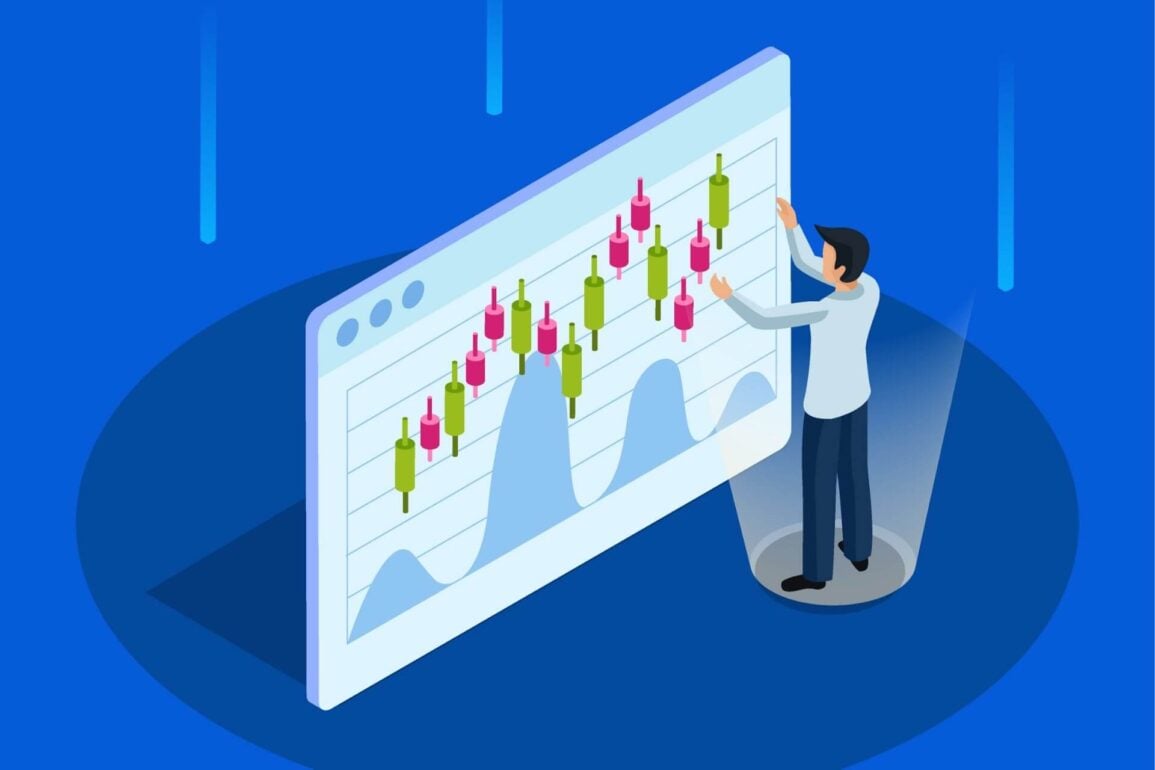- In Intraday trading, you profit from shortterm price moves. Learn how it works, key risks vs rewards, brokerage costs, and who should try it.
Intraday trading, also known as day trading, is the practice of buying and selling stocks within the same trading day. The main idea is to profit from short-term price movements rather than holding stocks long-term. Since all positions are closed by the market’s close, traders never actually own the stocks, they simply take advantage of price fluctuations.
If you’re interested in learning the basics, here’s a straightforward explanation to help you understand how it works.
How Does Intraday Trading Work?
in Intraday trading, you buy and sell stocks on the same day, no holding overnight. The goal is to lock in profit before the market closes. If a stock opens at ₹300. You notice it gaining momentum in the first hour and jump in at ₹310. By noon, it hits ₹318, you sell, pocket the ₹8 difference, and you’re out. That’s a day trade. No carryover risk. Clean exit.
Now, here’s the catch: prices don’t move randomly. Traders use different tools to spot setups. Some stare at charts all day, looking for patterns, breakouts, support zones. Others trade news, earnings updates, policy announcements, even social media buzz. If something moves the stock, they’re on it.
But it’s not just about picking the right stock. It’s also about timing the trade, cutting losses fast, and managing position size so one bad move doesn’t wipe you out. A good day trader might win on 6 out of 10 trades, but the secret is keeping the losses small and the wins quick.
How is intraday trading different from regular trading?
| Intraday trading | Regular trading |
| Relies on small, frequent gains from short-term price swings. | Aims for long-term growth, dividends, or larger price appreciation. |
Positions are opened and closed within the same trading day. | Stocks can be held for days, weeks, months, or even years. |
| Higher risk due to leverage, rapid trades, and market noise. | Generally less volatile, with time to absorb market fluctuations. |
| Requires constant screen time, quick reactions, and active monitoring. | More passive, positions don’t need daily attention. |
What Intraday Trading Actually Involves: Risks vs Rewards
Let’s face it, not everyone is a good fit for intraday trading. It’s not easy money, even though the prospect of making quick riches sounds enticing. This might not be for you if you’re the kind of person who can’t spend several hours hooked to a screen.
Missing a crucial moment could spell the difference between a victory and a wipeout in intraday trading since it moves quickly. You will require keen intuition, a firm understanding of charts and indicators, and the capacity to make snap decisions.
But more than that, it requires steely nerves. Your feelings are irrelevant to the market; one poor move might cause losses to mount quickly. The merchants who prosper here? They are the ones who maintain composure under duress, adjust quickly, and adhere to their plan.
Advantages and Disadvantages of Intraday Trading
| Benefits of Intraday Trading | Risks of Intraday Trading |
| Fast profits – Capitalize on short-term price moves instead of waiting months. | High stress – screen time and rapid decisions drain focus. |
| No overnight risk | Amplified losses – Leverage and volatility can wipe out gains fast |
| Flexible strategies ie Scalping, momentum, or news-based plays fit different styles. | Fees add up – Commissions and spreads eat into small, frequent trades. |
| Liquidity access – Easier entry/exit in major stocks with tight spreads. | Fear/greed lead to impulsive, costly mistakes. |
| Sharpens technical analysis skills faster than long-term investing. | Experience costs real money; beginners often lose first. |
What Is the Brokerage Charge for Intraday Trading?
Intraday trading isn’t free money. Every buy and sell comes with a cost, usually a small percentage of your trade value. It might look tiny on paper, but stack a few trades a day, five days a week, and it adds up fast.
The good news? Intraday rates are usually lighter than delivery charges. Some brokers even cap fees per order to keep active traders from bleeding through commissions. But it’s not just about the fee, it’s about what you’re getting for it. Are your trades executing clean? Are spreads tight? Is slippage killing your edge?
If you’re trading momentum or scalping tiny moves, these details matter. Platforms built for speed and precision, ike ATFX tend to structure their intraday costs with the active trader in mind. You won’t see hidden fluff, and the tools are often just as sharp as the pricing. Still, no matter where you trade, check the full cost breakdown. The market takes enough, don’t let your broker take more than they should.


